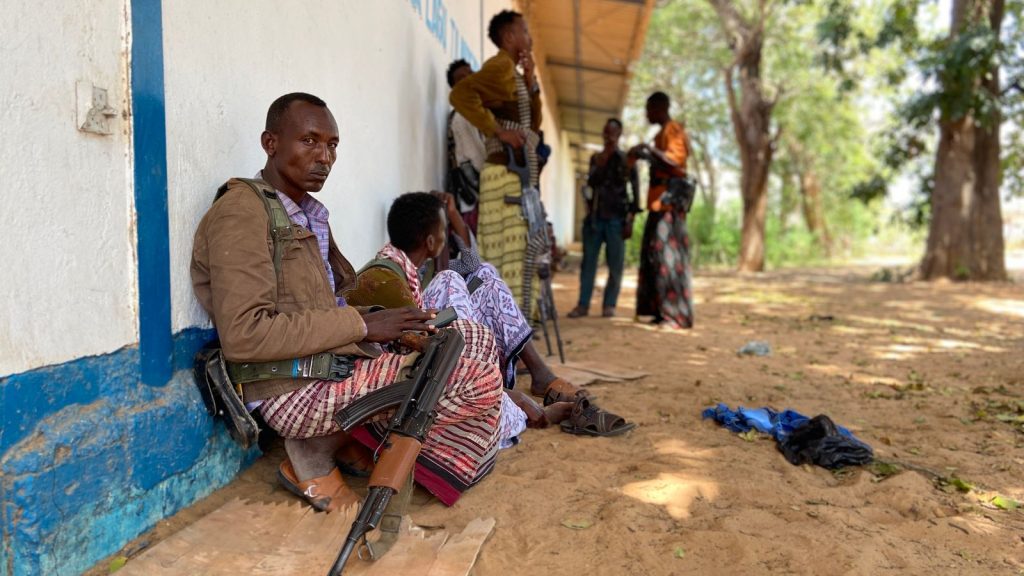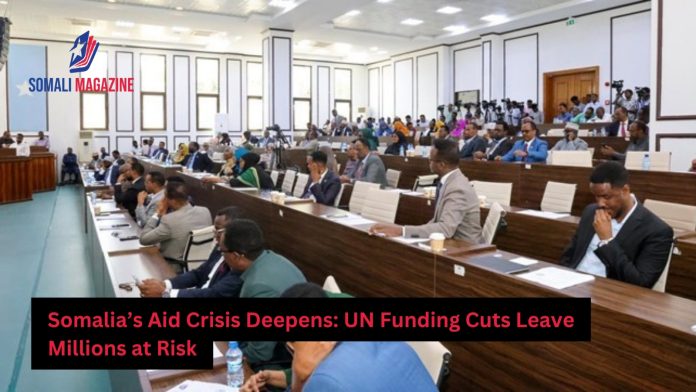Facebook Twitter (X) Instagram Somali Magazine - People's Magazine
Somalia humanitarian operations are facing severe cutbacks after the United Nations announced a drastic 74% reduction in funding, leaving millions of vulnerable people at risk. The UN Office for the Coordination of Humanitarian Affairs (OCHA) confirmed that the 2025 Somalia Humanitarian Needs and Response Plan has been slashed from $1.4 billion to just $367 million, forcing aid agencies to scale back lifesaving assistance across the country.
The funding crisis comes as major donors, including the United States, freeze portions of their foreign aid budgets, affecting relief programs in Somalia and other regions. The U.S. Agency for International Development (USAID) is among the agencies impacted, with communities across the Global South bearing the brunt of the cuts. As of April 30, the humanitarian plan was only 11% funded, prompting urgent calls for additional resources to prevent further deterioration of conditions.
OCHA warned that the funding shortfall will significantly reduce the number of people receiving aid, cutting assistance from 4.6 million to just 1.3 million. The agency emphasized that the reprioritization of aid does not reflect a decrease in humanitarian needs, stating that all identified requirements remain valid and urgent. The crisis is exacerbated by Somalia’s ongoing challenges, including prolonged drought, armed conflict, weak public institutions, widespread displacement, and recurring climate shocks.

The immediate consequences of the funding cuts are already visible across the country. Health facilities are closing, food assistance has been reduced, and water and sanitation services are rapidly declining. Over 2 million Somalis are projected to face increased vulnerability this year due to the scale-back of lifesaving services. Aid workers warn that without urgent intervention, the humanitarian situation could deteriorate further, leading to increased displacement and worsening food insecurity.
Somalia’s fragile economy and security situation have made it increasingly difficult for local authorities to address the crisis without international support. Low-income households, internally displaced persons, and marginalized groups are particularly affected, with aid agencies struggling to maintain essential services. The UN has urged donor nations to reconsider their funding commitments, stressing that Somalia’s humanitarian needs remain critical.
Despite the grim outlook, aid organizations are working to adapt to the funding constraints by implementing a decentralized coordination structure aimed at improving the delivery of assistance in high-need areas. However, relief agencies acknowledge that without additional financial support, their ability to respond effectively will be severely limited.
The humanitarian crisis in Somalia is among the world’s most complex, characterized by recurring cycles of internal conflict and climate shocks that drive displacement and hinder development efforts. As the country faces yet another setback, the international community is being called upon to step up and prevent further suffering.

